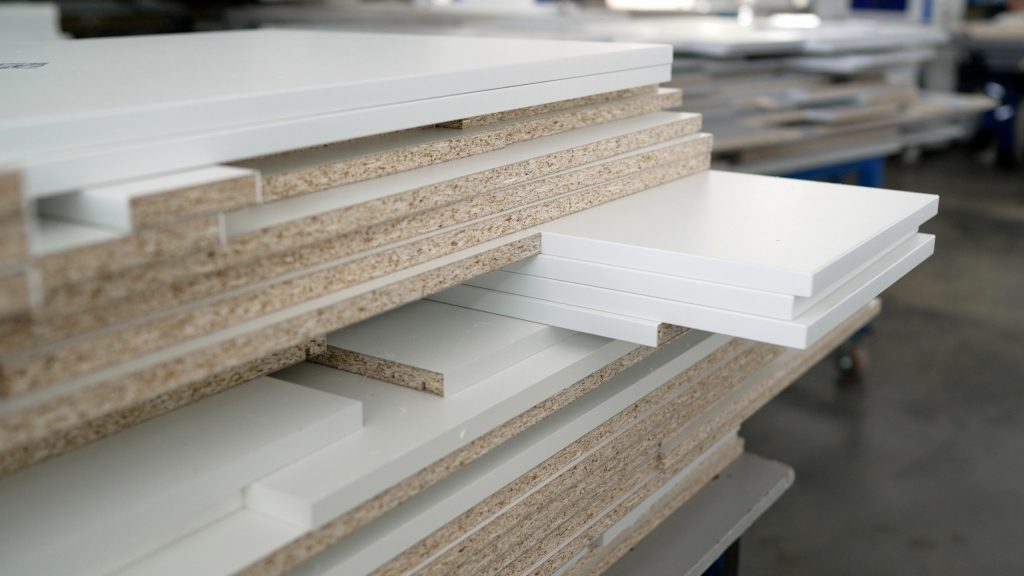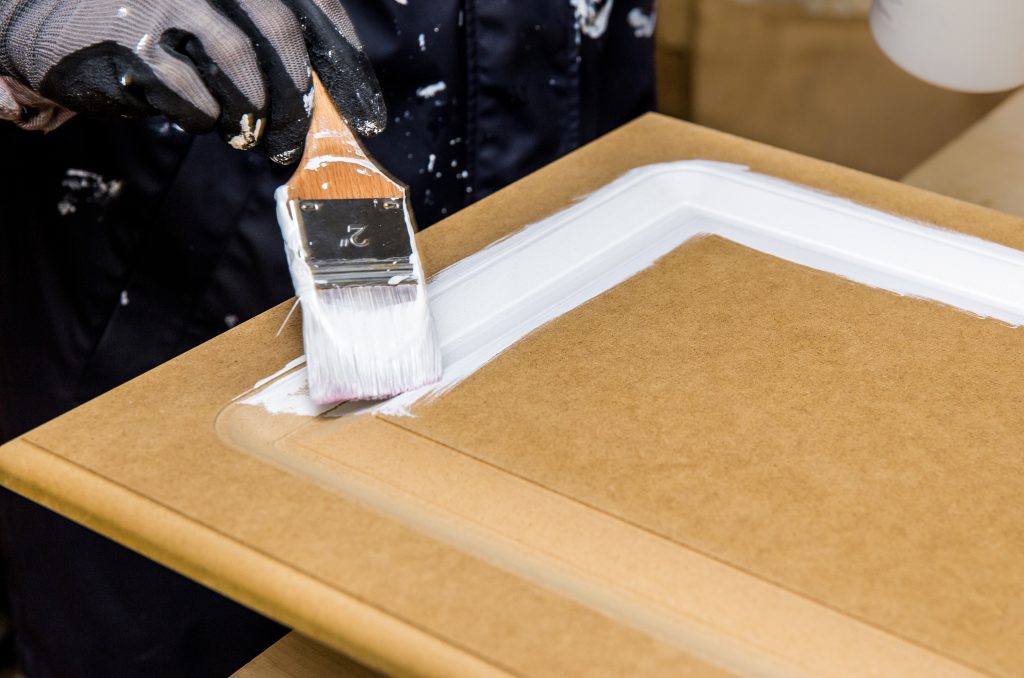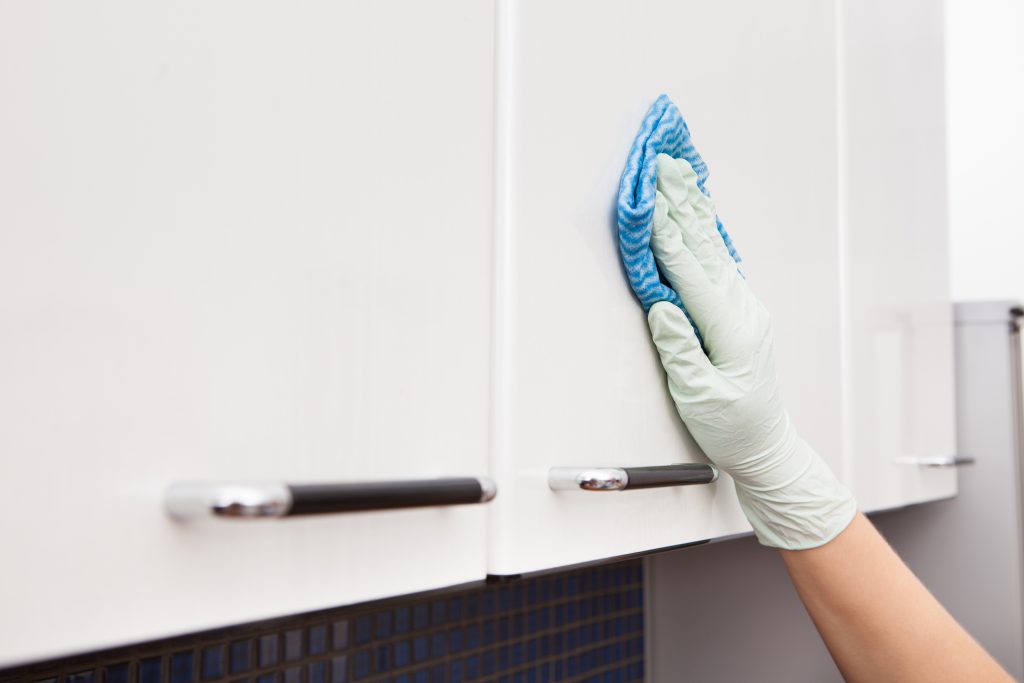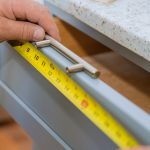When it comes to kitchen renovations, cabinets are often the star of the show. They not only set the aesthetic tone but also offer functional utility that every homeowner values.
One material that’s been garnering attention lately for its versatility and affordability is MDF, or Medium Density Fiberboard. However, many DIYers and renovation enthusiasts are still unsure about the ins and outs of MDF cabinets, including how to paint them and keep them looking fresh for years.
What is MDF?

MDF stands for Medium Density Fiberboard, a popular choice in the world of home renovations and DIY projects. It’s an engineered wood product created by breaking down hardwood or softwood residuals into fine wood fibers. These fibers are then mixed with wax and a resin binder to form a composite material.
This composite is then pressed into panels under high temperature and pressure, forming a durable but easily workable material. One of the standout characteristics of MDF is its lack of knots or grains, features commonly found in natural wood.
This provides a consistently smooth surface that’s not just easy to work with but also ideal for painting and finishing, making it a go-to choice for many who are looking to customize their cabinets.
Advantages of MDF Kitchen Cabinets
MDF offers a slew of advantages that make it a great choice for kitchen cabinets. It’s generally more cost-effective than solid wood and offers a smooth surface that’s perfect for a high-end painted finish. Additionally, it’s less prone to warping under temperature changes, making it a stable option for various climates.
Painting MDF Cabinets

The smooth surface of MDF cabinets makes them an excellent canvas for a fresh coat of paint. However, there are specific steps you must follow to achieve a durable and aesthetically pleasing finish.
Preparation
Before you start painting, remove any dents and scratches using a filler. Once the filler dries, lightly sand the surface to ensure that the paint will adhere well. Make sure you also remove any hardware or fixtures that could get in the way of painting.
Primer
Applying a primer is a must when painting MDF cabinets. The primer not only enhances paint adhesion but also protects the cabinet from moisture, reducing the risks of water damage, which MDF is notably susceptible to.
Painting
After the primer is dry, you can apply your choice of paint. Given that MDF is sensitive to water, it’s advisable to use oil-based or acrylic paints that are less likely to penetrate and cause water damage. Apply thin, even coats and allow ample drying time between each.
Finishing
Once the paint is completely dry, apply a sealant to lock in the color and provide an extra layer of protection against wear and tear.
Tips for Maintaining MDF Cabinets
Avoid Water Damage
MDF is notably susceptible to water damage. Unlike solid wood that can absorb a certain level of moisture without damaging its structure, MDF can swell or deform. Make sure you immediately clean up any spills and consider installing a backsplash to protect against splashes.
Handle with Care
While MDF is fairly resistant to dents and scratches, no material is completely foolproof. Be mindful when using or installing hardware to avoid unnecessary force that could damage the cabinets.
Regular Cleaning

The best way to keep your MDF cabinets looking like new is through regular cleaning. A simple wipe down with a damp cloth usually suffices for everyday maintenance. However, refrain from using excessive water or harsh cleaning agents that could damage the surface.
Repainting
If you notice the color fading over time, you can refresh your MDF cabinets with another round of paint. Just remember to lightly sand the surface for better paint adhesion and always apply a primer first.
MDF cabinets offer a cost-effective, versatile, and aesthetically pleasing option for your kitchen renovation. However, it’s crucial to paint them correctly and take steps to avoid issues like water damage, dents, and scratches.
By following these tips, you can enjoy beautiful and durable MDF cabinets that will enhance your kitchen for years to come. So, the next time you’re pondering over materials and styles, don’t overlook the humble MDF; it might just be the perfect fit for your dream kitchen.





